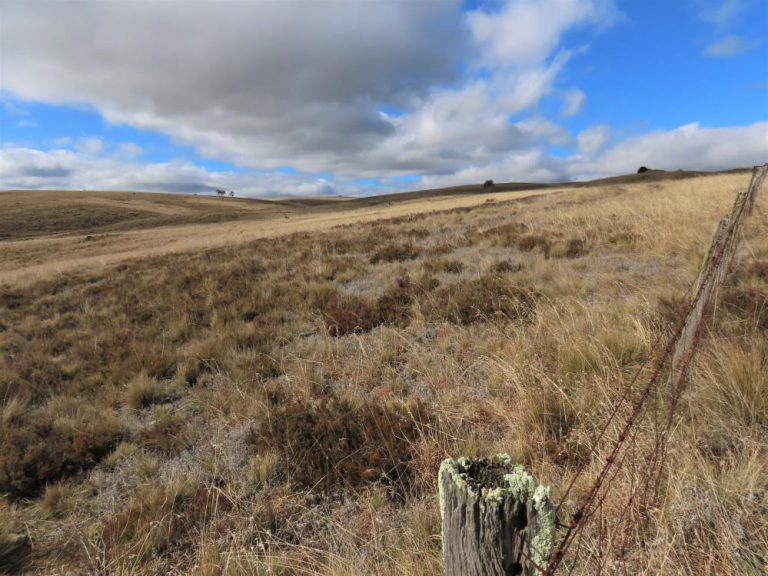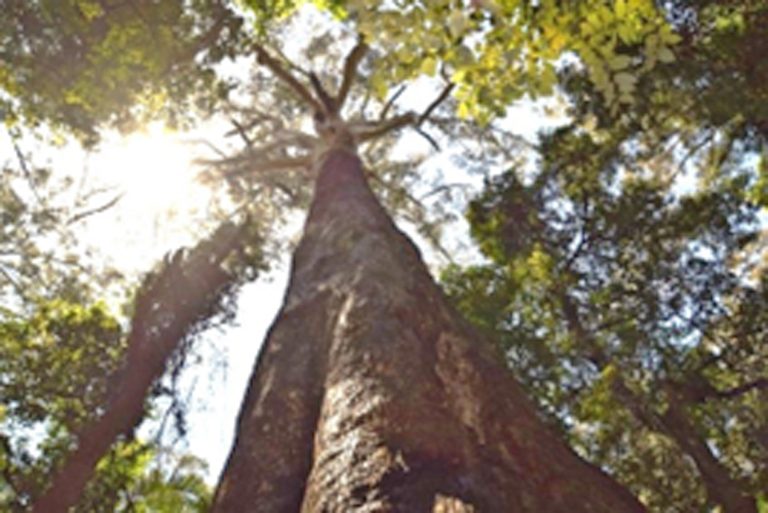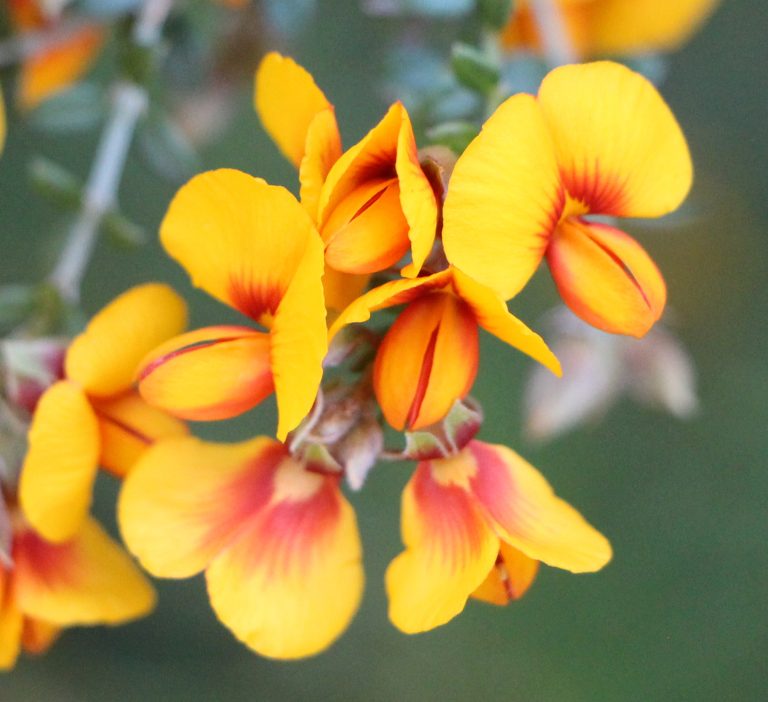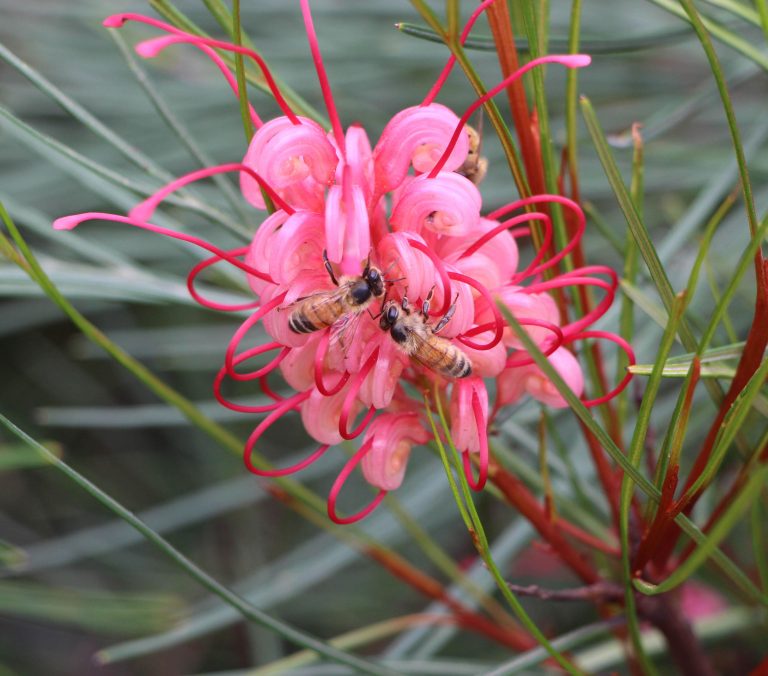Articles / Growing Plants in Canberra / Preparing the site
2 min read | by ANPS, Updated 12/03/2019
If you have purchased a block of land then you are in an ideal position to plan and prepare a native plant garden. If possible get a contractor to move the topsoil from the site of the proposed house and driveway and pile it elsewhere on the block for later use. Heavy clay exposed by trenching should be reburied or removed and dumped. Guard against the common practice of conveniently burying building rubble around foundations. Mortar and red bricklayers sand are highly alkaline and severely inhibit the growth of many native species. The zone 1-2 metres out from the foundations is at a premium because of the frost protection afforded by the building. If your new house has already been built or you are redeveloping an existing garden it is worthwhile removing any problem material such as building rubble from areas to be planted.
If you wish to retain existing trees ensure that the roots are not disturbed excessively by trenching. This can affect both growth and anchorage making trees vulnerable to high winds. It is a good policy to prune the tree at this time to compensate for any loss of feeding roots. If trees are close to the construction site they should be protected by binding the lower trunk with a layer of offcuts. Do not raise the soil level around eucalypts as this usually causes collar rot and death.
In some areas where the natural soil is undisturbed there is little need for mechanical soil preparation before planting. On the other hand, many sites will need deep ripping at a uniform depth and mechanical incorporation of introduced material into the top layer. Much of the commercially available soil in Canberra has a high silt content with physically undesirable properties which render it useless for improving the soil structure. The only way to check if the available soil is suitable is to have it tested since visual inspection is inadequate. The ideal material to incorporate is washed river sand but heavy clay soils may require as much as 10 cms of sand mixed into the top 20 cms of soil which would be very expensive for a large area. Where there is a loamy surface layer over clay it is often sufficient to incorporate a few cms of sand after deep ripping. To further improve the soil structure gypsum should be used as a clay breaker and used at 0.5-1.0 kg per square metre. The humus content can be raised by the addition of cocopeat or compost. If a soil analysis was done, now is the time to adjust the soil pH and correct any deficiencies.
Source: “Australian Plants for Canberra Region Gardens and other Cool Climate Areas” – a book which brings together over 50 years of gardening experience by members of the Australian Native Plants Society.
Challenges of managing Top Hut Travelling Stock Reserve (TSR) for biodiversity conservation: The story so far ….
5 min Read
July – Andrew Z & Margaret N (1)
3,000 of our vascular native plants have no public photo available
5 min Read
May – Tom Mesaglio with pics
Plant a Variety of Herbs and Natives for Bee Forage
10 min Read
ACT-for-Bees-Planting-List-Sept-2021-




